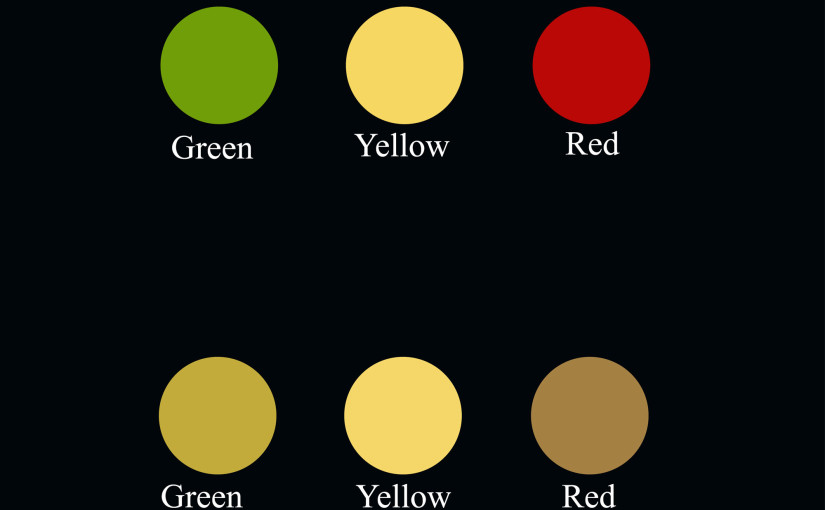What is Color Blindness?
Color blindness or Color Vision Deficiency is the inability of fully ‘seeing’ red, green or blue light. This condition affects approximately 1 in 12 men and 1 in 200 women in the world.
People usually have three types of cone cells in the macula of the eye. Each type senses either red, green, or blue light. You see color when your cone cells sense different amounts of these three basic colors.
The most common color blindness is red/green color blindness where the patient mixes up colors which have some red or green as part of the whole color like confusing a blue and a purple object.
Causes of Color Blindness:
Color blindness is often inherited and occurs when you lack these types of cone cells or they don’t work properly. You might not see one of these three basic colors, or you may see a different shade of that color or a different color. The gene which is responsible for the condition is carried on the X chromosome and this is the reason why many more men are affected than women.
However, Color Blindness may also be a result of aging, eye problems, such as glaucoma, macular degeneration, cataracts, or diabetic retinopathy, injury to the eye and side effects of certain medicines.
Symptoms of Color Blindness:
If you suspect that your child is able to see some colors but not others or has the inability of telling the difference between red and green but can see blue and yellow; if he/she sees shades of a particular color or in rare instances sees only black, white, and gray, come visit the ophthalmologist at Vista Eye Specialists, VA.
Tests for determining Color Blindness:
Simple tests eye doctors follow is letting your young one look at 38 plates of circles created by irregular colored dots in two or more colors. The patterns the child sees help the eye doctor at Vista Eye Specialists know which colors he/she has trouble with.
Another test requires the child to arrange colored chips in order according to how similar the colors are.
Living with Color Blindness:
It may seem like a small deficiency but color blindness makes it difficult to learn and read, and when your child is older he/she may not be able to have certain careers. Simple activities like choosing and preparing food, gardening, sport, driving a car and selecting clothing can be a task.
Early Detection:
Detecting this problem early on can help your young one learn to cope but with your patient compassion. Vista Eye Specialists recommend eye exams for children between ages 3 and 5. Vision screening is recommended for all children at least once before entering school, preferably between the ages of 3 and 4.
Even though there might be no treatment as such for color blindness, but our ophthalmologists at Vista Eye Specialists may prescribe color filters or contact lenses can be used in some situations to enhance the brightness between some colors.


